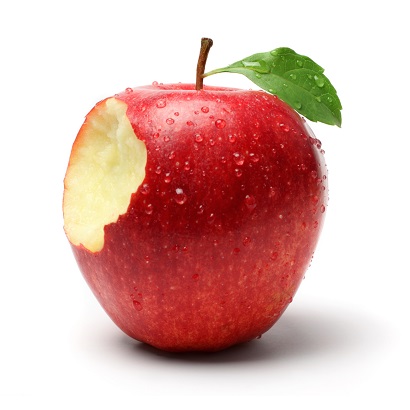Exodus? 5 credible alternatives to Apple's iphones
Posted in Latest News on 23 Mar 2017

Apple's marketing magic and brand loyalty is well documented, and it's easy to see why iPhone owners often believe they have the world's greatest phone. Alternatives do exist, however, with several handsets that can compete with the iPhone not just on the hardware specs but with the cool factor. These are a few to consider.
Google Pixel
Who better to make an Android phone than Google itself? It's exactly the showcase for Android that you'd expect, not least because it has little of the bloatware or mediocre customisations that other manufacturers put on Android devices. It's also one of the few phones with the speed and power to make the most of tools like Google Assistant and Google Now, which arguably put Siri to shame.
Samsung Galaxy S7
Pixel aside, the Edge is the closest thing to a flagship Android phone. The big selling point is the screen, which uses every trick available, from automated brightness control right down to the shape and size of different coloured pixels to improve performance. The upshot is that it doesn't just dazzle with photos and video but also makes reading even small text and icons a pleasure. And if you are all about style, don't worry -- the screen is custom designed to be perfectly viewable while wearing polarised sunglasses.
Samsung Galaxy Note 8
Despite not officially being confirmed yet, this device is widely expected to appear in late 2017. It's the sequel to the Note 7, which made headlines for all the wrong reasons with a total recall after a string of battery explosions. The fact that many users were reluctant to send the phone back despite the serious risks is testament to its being one of the best-received phones in years, with the giant screen and stylus being genuinely useful. The rumour mill has it the Note 8 will be an evolution rather than a revolution, making it a hot product for all the right reasons this time.
OnePlus 3T
Some Android manufacturers target flashy interfaces or stylish design. OnePlus is more about trying to get the maximum possible specifications at a mid-range price. With 6GB of RAM, 64GB or 128GB of storage space, and a custom charger billed as restoring 60 percent of battery capacity in 30 minutes, it's the closest thing to having a laptop in your pocket.
Microsoft Lumia 950 XL
The Lumia is the best of the bunch operating on Windows Phone, Microsoft's mobile system (which sits in a distant third place in the smartphone market). It's got solid specs, including 3GB of RAM and the option of 200GB of storage via a memory card, but has a look that's more solid than stylish. The big selling point is that it runs Windows 10 with most apps automatically refitting to the screen. In fact, plug in the small Microsoft Display Dock, and you can attach a keyboard, mouse and monitor and effectively use the phone as a PC.
Making the Switch
The big difference with Android -- its open nature -- is both a pro and con. Not only does the system often look and feel very different from device to device, but there's a lot more user control. In short, you can change and customise more things on an Android phone, but it can be more fiddly to use and maintain. The real question is whether "You can make it do exactly what you want" is a more attractive prospect to you than "It just works."
If you do make the switch, it's much less of a hassle today now that so many applications store their data in the cloud. In fact there's even a Google Drive app for iOS that lets you back up virtually everything you'll need, from contacts and photos to other data, ready to easily install on your new phone.